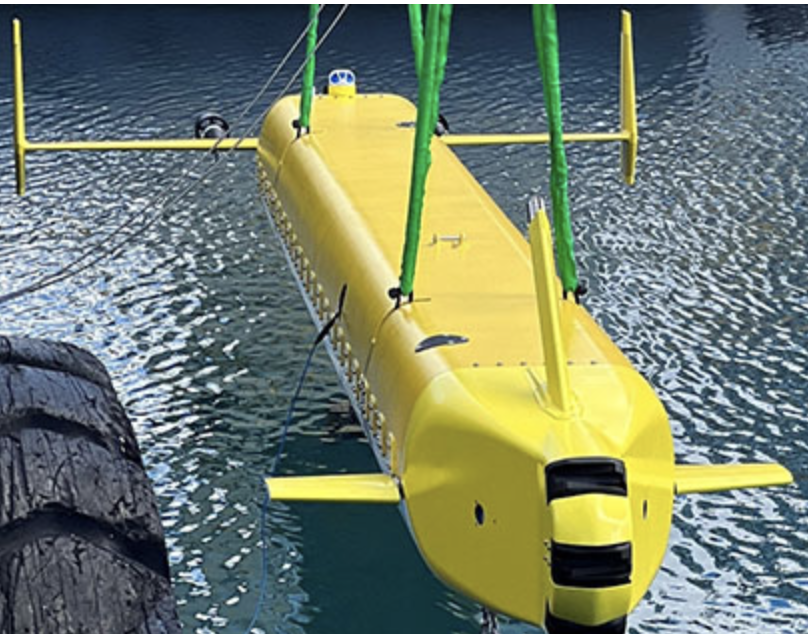(:notitlegroup:)
@article{mcmahon2017,
title = {Autonomous Data Collection With Limited Time for Underwater Vehicles},
author = {James McMahon and Erion Plaku},
journal = {IEEE Robotics and Automation Letters},
pages = {112-119},
number = {1},
volume = {2},
month = {January},
year = {2017},
keywords = {autonomous underwater vehicles;path planning;sampling methods;vehicle
dynamics;autonomous data collection;collision-free planning;constraint-based
solvers;dynamic feasible trajectory;motion tree;sampling-based motion
planning;time-varying ocean currents;underwater vehicles;vehicle
dynamics;Navigation;Oceans;Planning;Trajectory;Upper bound;Vehicle
dynamics;Vehicles;Marine Robotics;Marine robotics;Motion and Path
Planning;motion and path planning},
abstract = {This paper studies the problem of autonomous data collection where an
underwater vehicle is required to reach several target regions within a
specified time limit. The proposed approach takes into account the vehicle
dynamics, the time-varying ocean currents, and the obstacles in the region in
order to effectively plan a collision-free and dynamically feasible trajectory
whose time duration does not exceed the time limit. When the time limit makes
it impossible to reach every target, the approach seeks to reduce the penalty
accrued by the target regions that are not visited. The approach combines
sampling-based motion planning with constraint-based solvers. In fact, a
constraint-based solver searches a navigation roadmap to compute bounded tours
which minimize the accrued penalty. Sampling-based motion planning is then
used to expand a motion tree along these tours. Unsuccessful tour expansions
are penalized to promote exploration of alternative tours. Simulation and
field experiments demonstrate the efficiency of the approach in planning
collision-free and dynamically feasible trajectories that reduce the accrued
penalty.}}
